Scientists find ‘Water windfall’ beneath California’s Central Valley, making the state’s water supply three times larger than previously estimated

This is great news for an area suffering a prolonged drought, however accessing this water in a financially sensible way and safeguarding it from possible contamination from oil and gas activities will be challenging
This is great news for an area suffering a prolonged drought, however accessing this water in a financially sensible way and safeguarding it from possible contamination from oil and gas activities will be challenging
Groundwater withdrawals are increasing across the US, and particularly in California, due to the state’s growing population and prolonged drought. Stanford scientists focused their research on deep groundwater aquifers, believing they could be of use in the future and worth protecting them. According to their findings, in the Central Valley alone, estimates of fresh groundwater volumes can be increased almost threefold, and those of useable groundwater volumes fourfold for depths up to 3 km. However, some of these deep groundwater resources are vulnerable to contamination from oil, gas and other human activities. Their research was published earlier this week in the journal Proceedings of the National Academy of Sciences, showing the need to better characterize and protect deep groundwater aquifers. “What we are saying is that no one is monitoring deep aquifers. No one’s following them through time to see how and if the water quality is changing,” study co-author Mary Kang said. “We might need to use this water in a decade, so it’s definitely worth protecting.”
Up until now, it was thought that California's Central Valley had less than 1,000 km3 of water below it, because only groundwater within 300m of the surface was taken into account. Stanford scientists, analyzing data from more than 34,000 oil and gas wells in California, and for depths down to 3 km, estimated the reservoir’s water volume to 2,700 km3 - almost triple the initial estimations. Thanks to new technology, it is now possible to extract water from such depths, even though pumping it will be expensive, and some of the deepest water might be salty, so would need to be treated before use. Even worse, the newly found groundwater is already at risk of contamination from oil and gas extraction (around 30% of the supplies are close to drilling sites).
Source: Stanford News
Source: Stanford News
Media
Want to read more like this story?
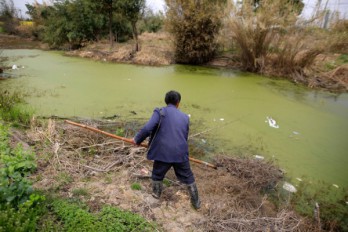
More than 80% of underground water in China is heavily polluted
Apr, 12, 2017 | NewsIndustrial pollution and farming has rendered it unsuitable for human use Industrial pollution an...

Major Water Infrastructure Improvements Ahead in California
Mar, 27, 2015 | NewsAmid escalating concern regarding California’s continued four year drought, Governor Jerry Bro...
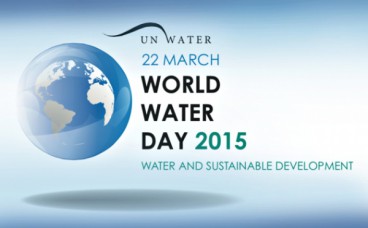
March 22nd is World Water Day!
Mar, 22, 2015 | NewsSince 1993, the United Nations has designated March 22nd of each year as World Water Day, a day dedi...

Researchers have developed a miniaturized water quality sensor that can monitor drinking water quality in real time
Oct, 03, 2017 | NewsThis tiny and inexpensive device -built using a 3D printer- can be deployed anywhere in the water di...
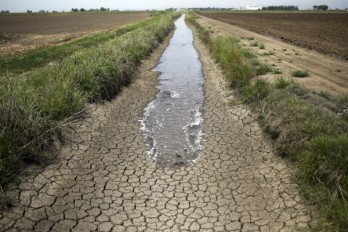
Drinking Water On Earth Is Ending
Jun, 19, 2015 | NewsSatellites that monitor subtle changes in the Earth's gravitational field, show that the aquifers ar...
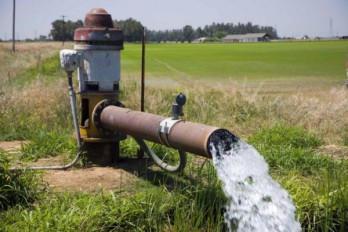
Water crisis: Various groundwater resources around the world could be depleted by 2050
Jan, 25, 2018 | NewsHeavily irrigated regions in drier climates face the greatest threat Heavily irrigated regions in d...
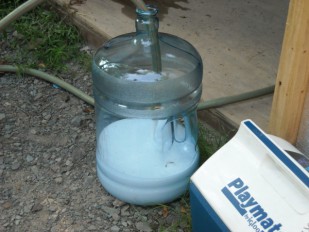
Penn State Researchers Develop New Technique for Identifying Shale-drilling Additives in Drinking Water
May, 04, 2015 | NewsResearchers at Penn State University have developed a new analytical technique for identifying commo...

Thames Water Accelerates Plans to Secure South East's Future Water Supply
Jun, 07, 2024 | NewsToday marks a significant step in securing the future water supply for the South East as Thames Wat...

Ancient engineering methods to address water shortages
Jul, 31, 2019 | NewsAccording to a new study, published in Nature Journal, a 1,400-year-old system of canals that divert...
Trending

Vertical gardens in Mexico City to combat pollution

Saudi Park Closed After 360 Big Pendulum Ride Crashes to Ground, 23 injured

Characteristics of Load Bearing Masonry Construction

Taipei 101’s impressive tuned mass damper

Dutch greenhouses have revolutionized modern farming

Federal court rules Biden’s offshore drilling ban unlawful


